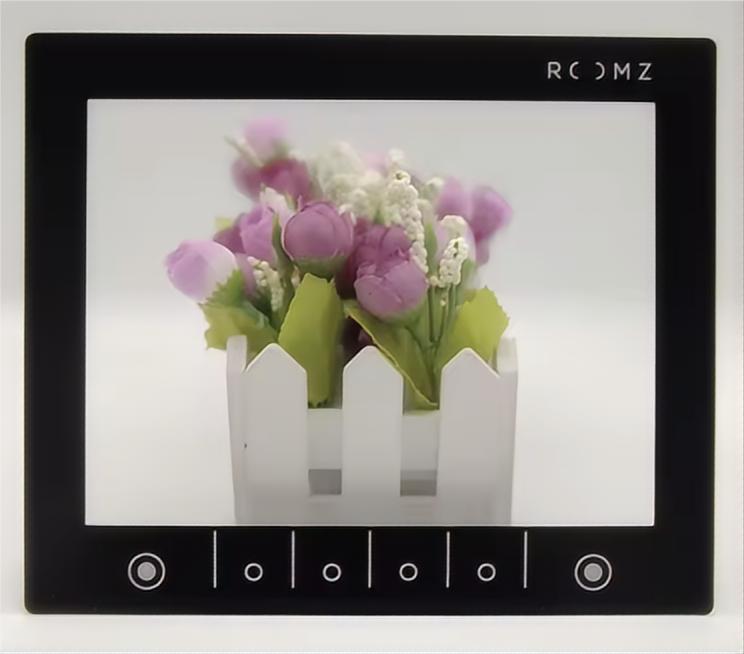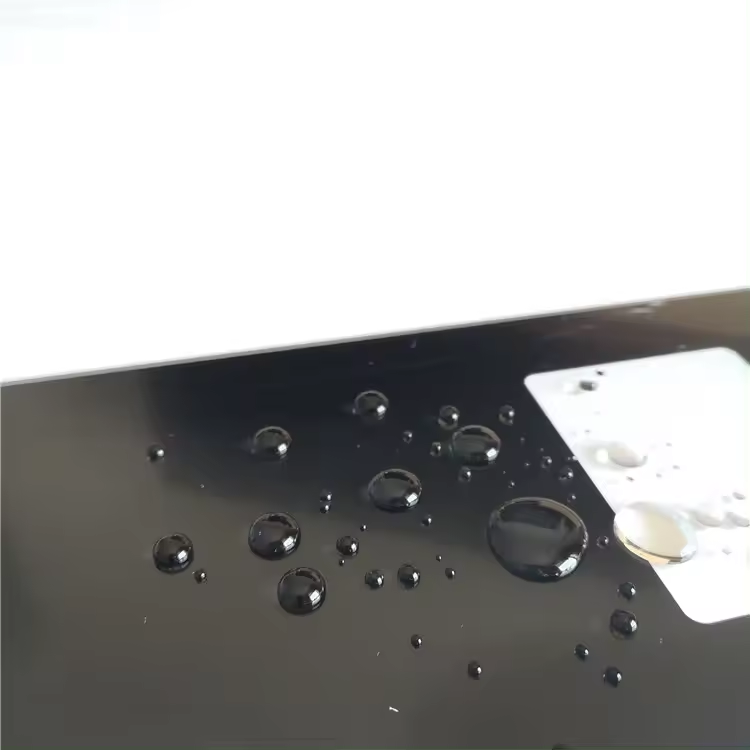

In many manufacturing companies, when a new display screen project or scheme is launched, the engineering or design department faces the challenge of addressing reflection issues.
This necessitates the search for new suppliers of glass cover plates. Whether it's purchasers or engineers encountering this type of glass for the first time, many are at a loss for what keywords to search for online, or even what the industry terms for these glasses are.
Hence, when reaching out to glass manufacturers, they might inquire about anti-reflective glass, reduced-glare glass, non-reflective glass, etc., without being able to specify exactly what type of glass they need.
Today, New Way Glass is here to share with you the applications and characteristics of AG (Anti-Glare), AR (Anti-Reflective), and AF (Anti-Fingerprint) in the glass industry, allowing you to quickly distinguish between them and find the right supplier.

Definition: This type of glass is created through a process of chemical etching or spraying, which transforms the original reflective surface of the glass into a matte surface (with an uneven, granular texture). This alteration in the glass's surface roughness results in a matte effect, achieving diffuse reflection.
Function: When external light reflects off it, diffuse reflection occurs, thereby reducing light reflection and achieving a non-dazzling effect. This allows viewers to experience improved visual comfort. The lower the gloss level, the better the surface's diffuse effect, minimizing the impact of external glare. AG glass comes in both single-sided and double-sided options, with the AG treated side always being on top during use.
Application examples: Primarily used in outdoor displays or displays under strong light, such as advertising screens, ATM machines, POS terminals, medical ultrasound display screens, e-book readers, gas station displays, subway ticket verification machines, etc.
Simple identification method: Place a piece of glass under a fluorescent light and observe the light tube from the front of the glass. If the light source from the tube appears dispersed, it is the AG treated side; if the light source from the tube is clearly visible, it is the non-AG side. This is the most direct method of differentiation based on visual effect.

Definition: This involves applying an optical coating to one or both sides of the glass to reduce its reflectivity and increase its transmissivity. The transmissivity can be increased to over 99%, and the reflectivity can be controlled to below 1%.
Function: By enhancing the glass's transmissivity, the content on display screens can be presented more clearly, offering viewers a more comfortable and sharper visual experience.
Application examples: High-definition displays, picture frames, mobile phones, and cameras for various instruments.
Simple identification method: Take a piece of ordinary glass and a piece of AR glass and place them side by side against a computer screen or other printed image. The one that shows a clearer effect is the AR glass.
Characteristics: AG glass surfaces can also be coated with an AR layer.

Definition: Anti-Fingerprint (AF) Coating, is based on the principle of a lotus leaf. It involves coating the glass surface with a nanoscale chemical material to endow it with strong hydrophobic properties, resistance to oil stains, fingerprints, and more.
Functionality:
Easily wipes away dirt, fingerprints, oil stains, and more.
The surface is smoother, offering a more comfortable touch.
Application Examples: Suitable for the display glass cover on all touch screens. The AF coating is applied to one side, on the front of the glass.
Features: The glass can be processed in combinations such as AG + AF, AR + AF, and AG + AR + AF.
Drop a bead of water on the surface; if it rolls off freely, it's the AF side.
Try to draw a line with an oil-based pen; if the line doesn't stick, it's the AF side.
We will provide you with the highest quality glass solutions.
What Is Tempered Borosilicate Glass to DIN 7080 and Where Is It Primarily Used?
DIN 7080 tempered borosilicate glass combines exceptional strength, thermal stability, and chemical resistance. Widely used in reactors, sight glasses, and lab equipment, it ensures safety and clarity under extreme conditions.
Unveiling the "King of Glass": How Tempered Borosilicate Glass is Reshaping Our Daily Lives
Tempered borosilicate glass—nicknamed the “King of Glass”—combines high strength, thermal stability, and chemical resistance, making it ideal for daily use, laboratory gear, optical components, and more.
Customized ITO/FTO Conductive Glass in Scientific Research Experiments
Customized ITO / FTO conductive glass plays a crucial role in scientific experiments, offering excellent conductivity, transparency, and stability. Ideal for photovoltaics, sensors, and analytical instruments.
What is the Difference Between Solar Photovoltaic Glass and Float Glass?